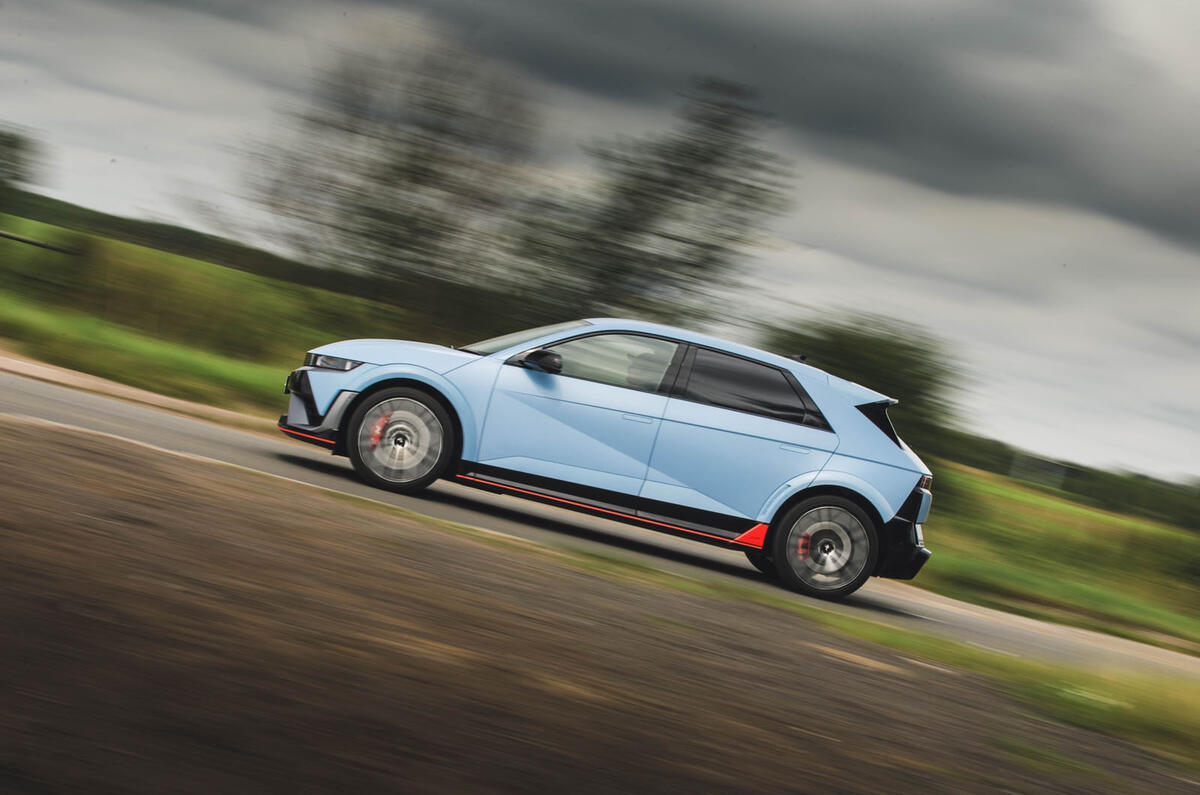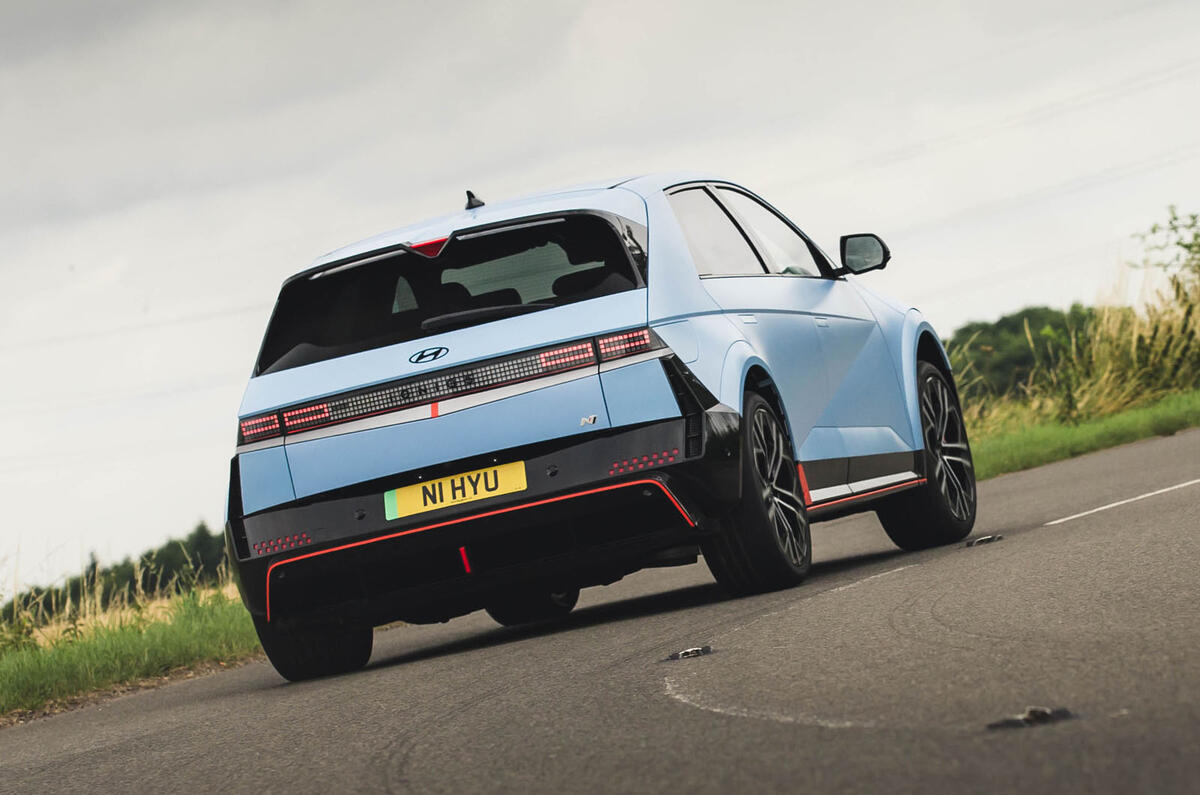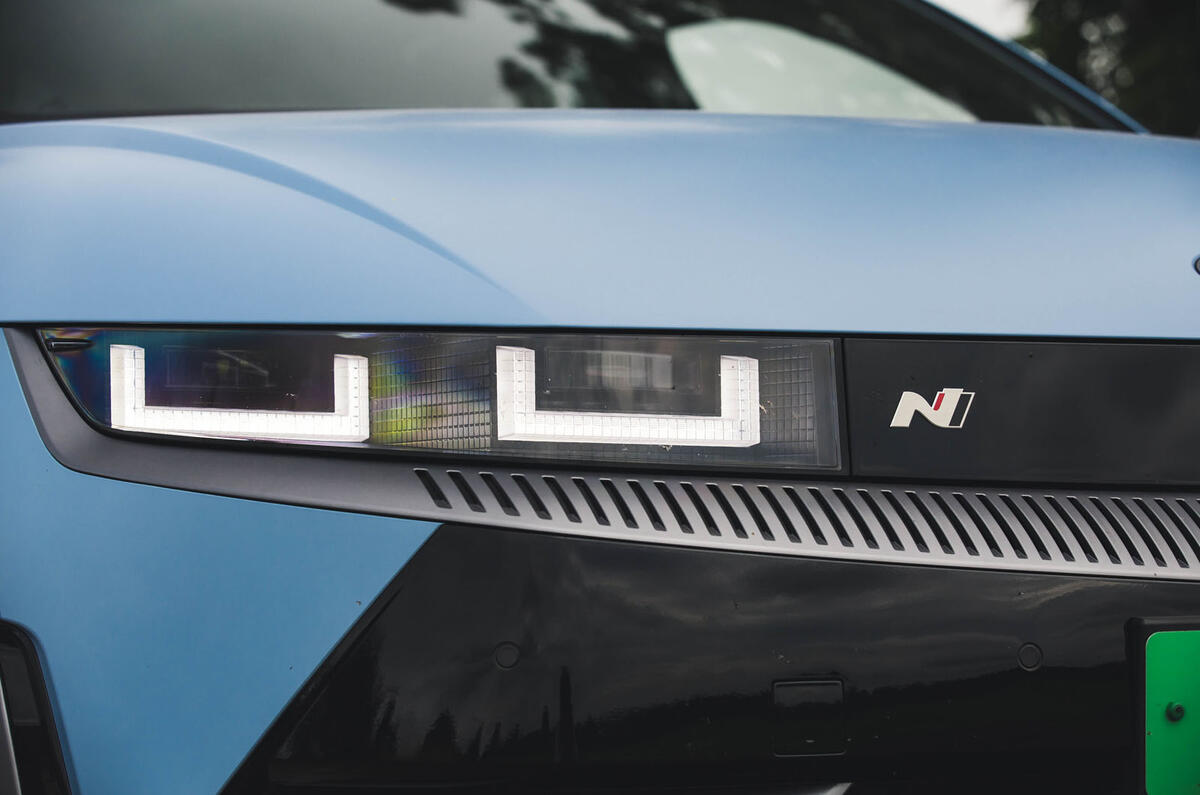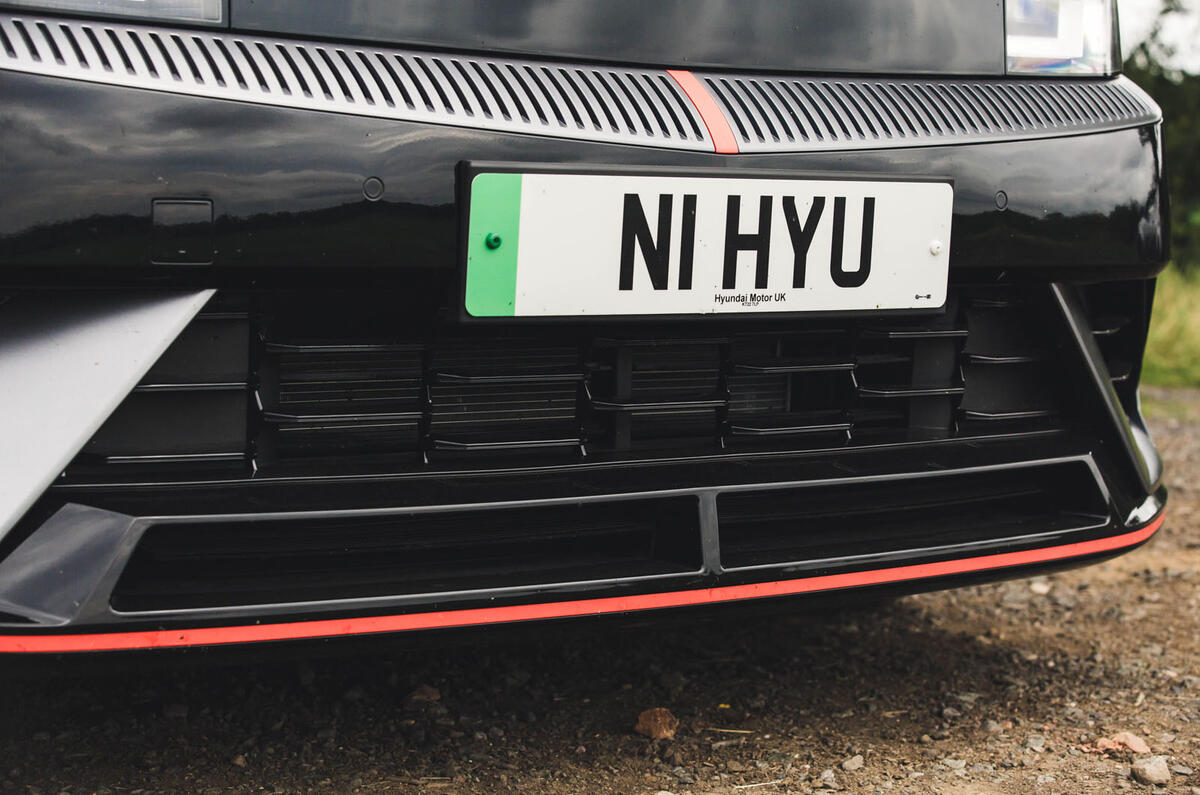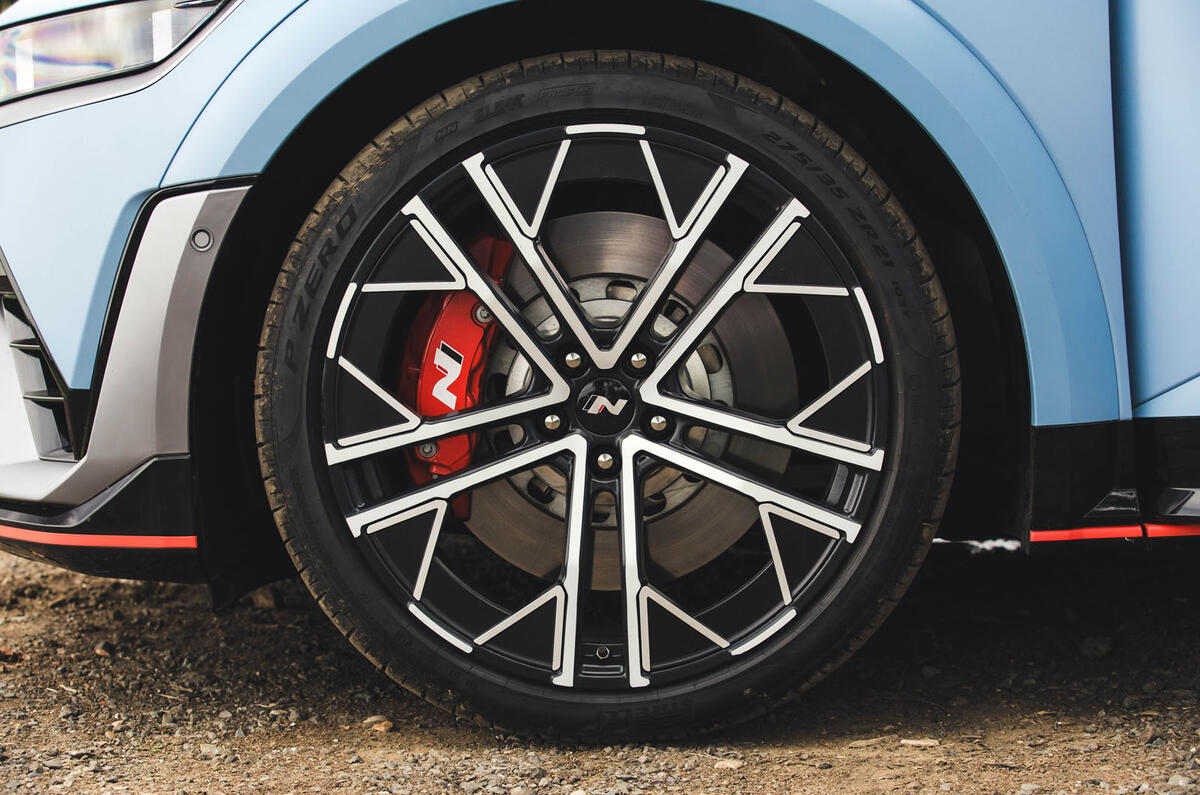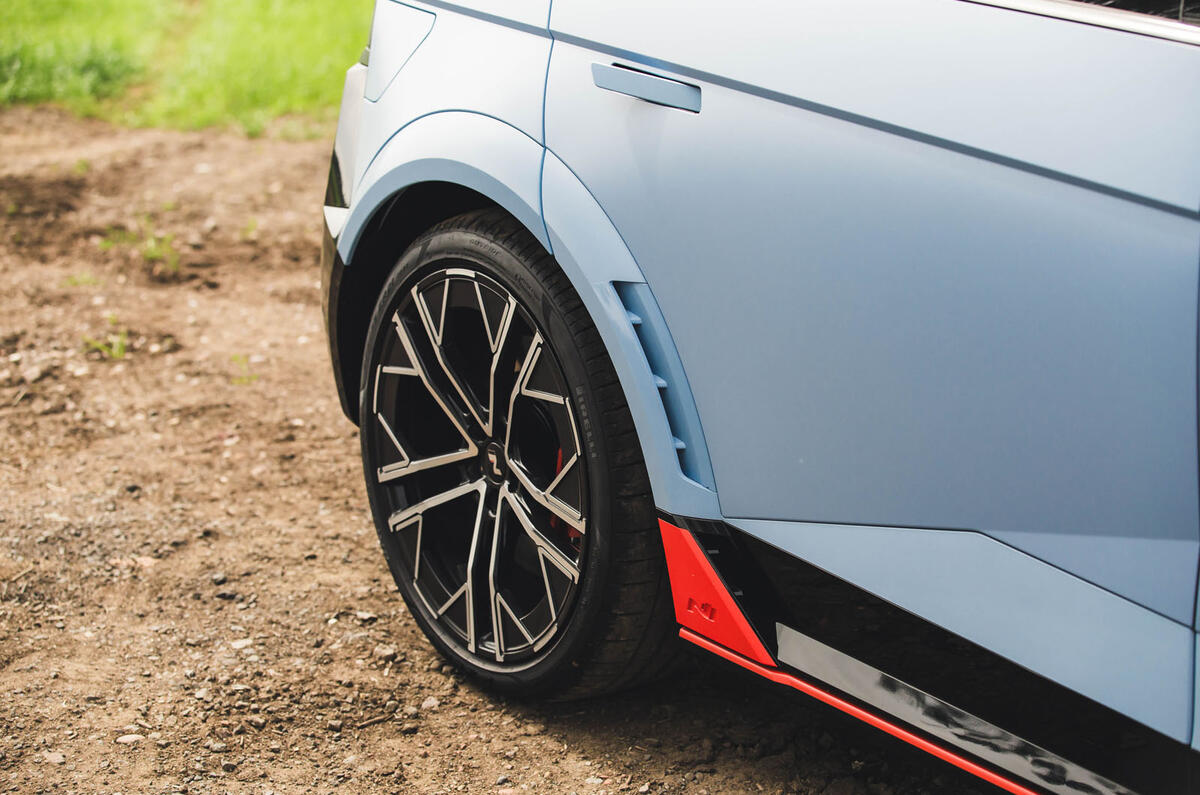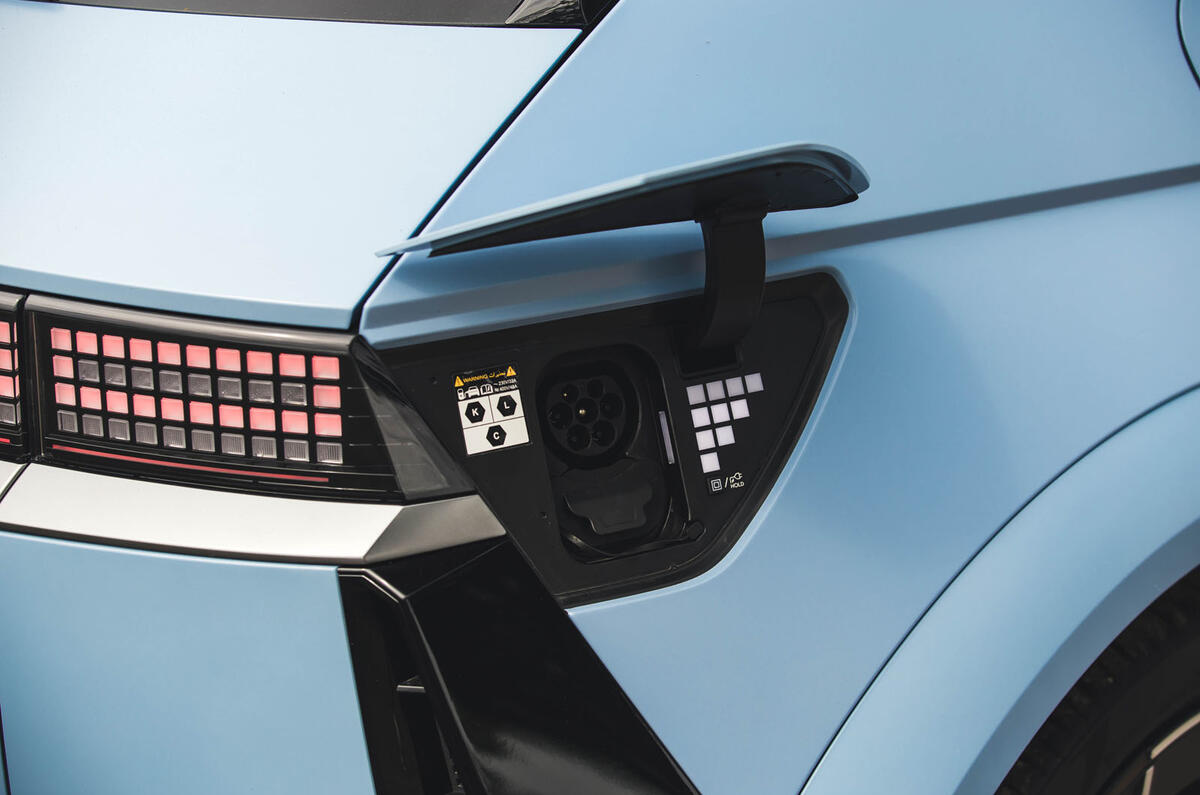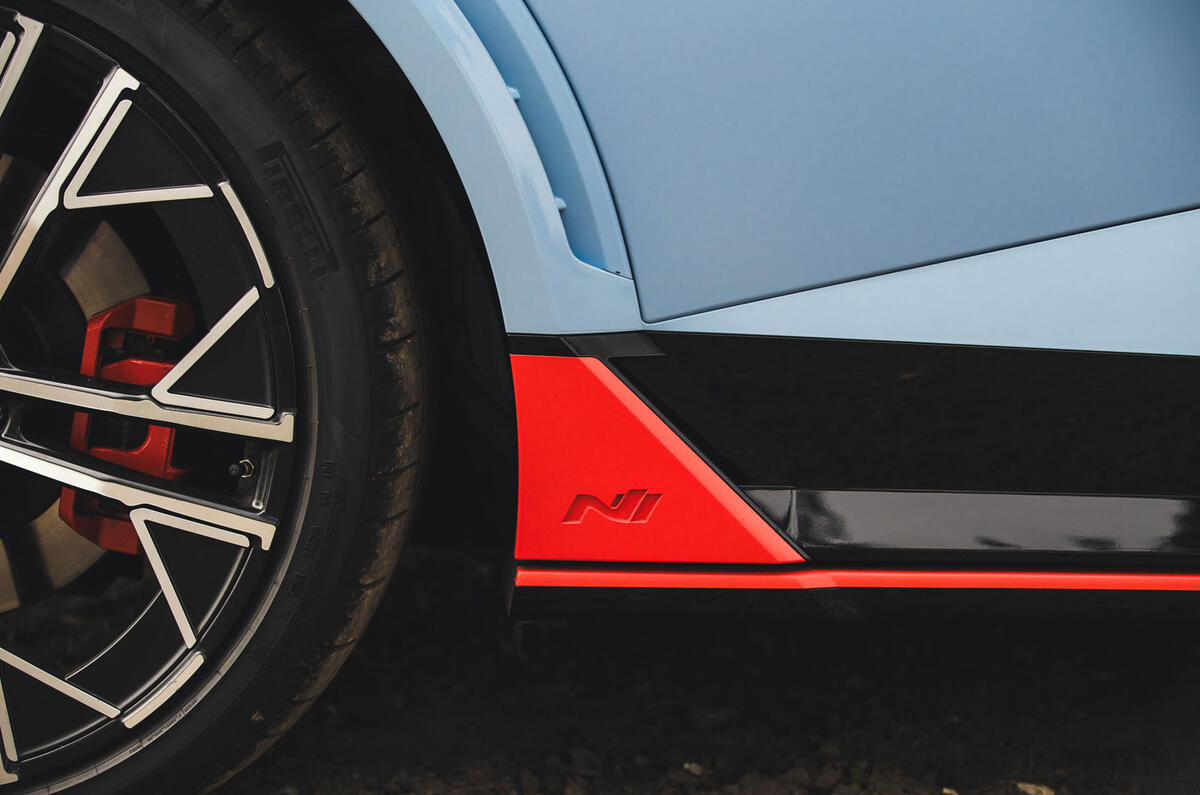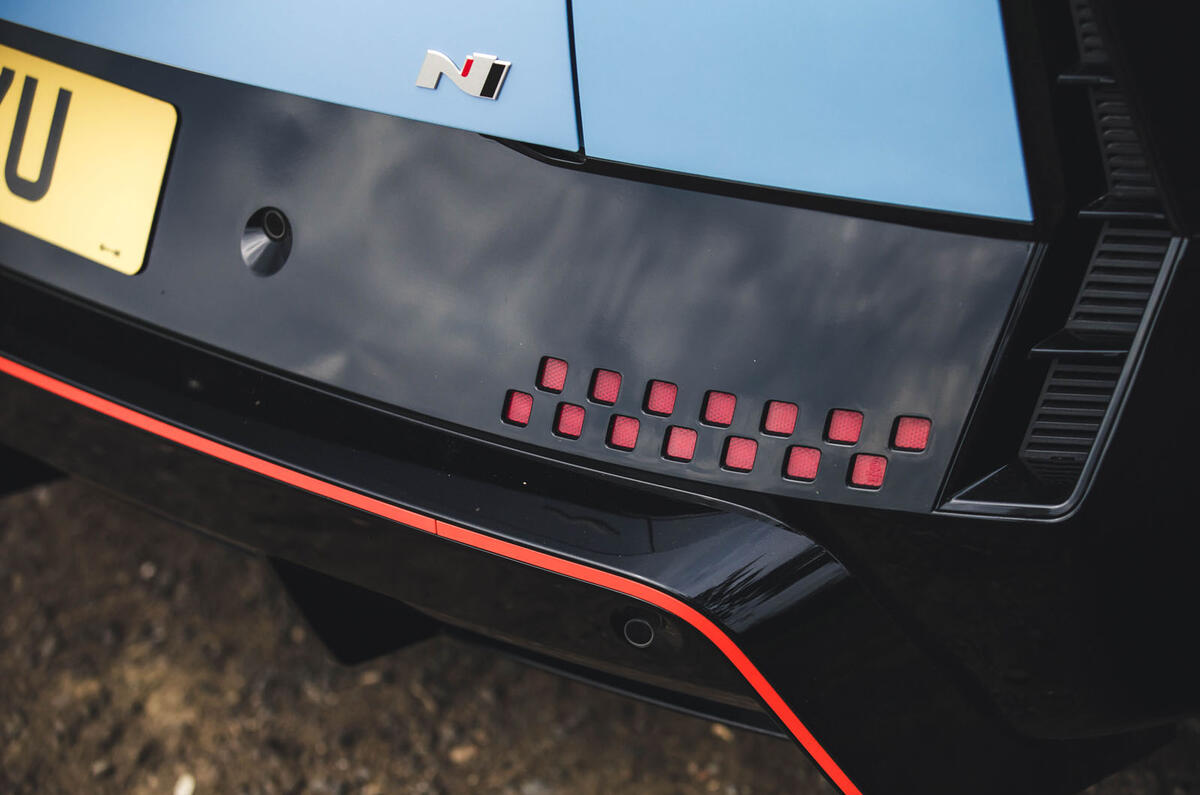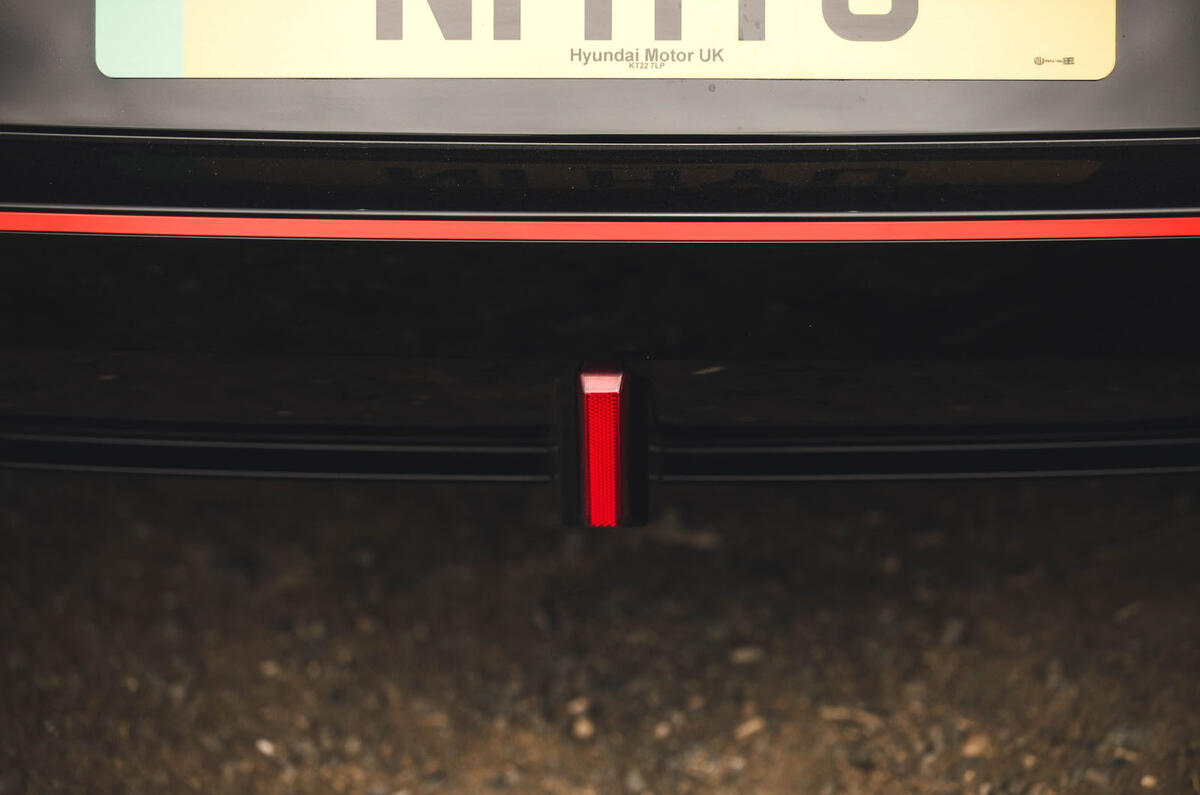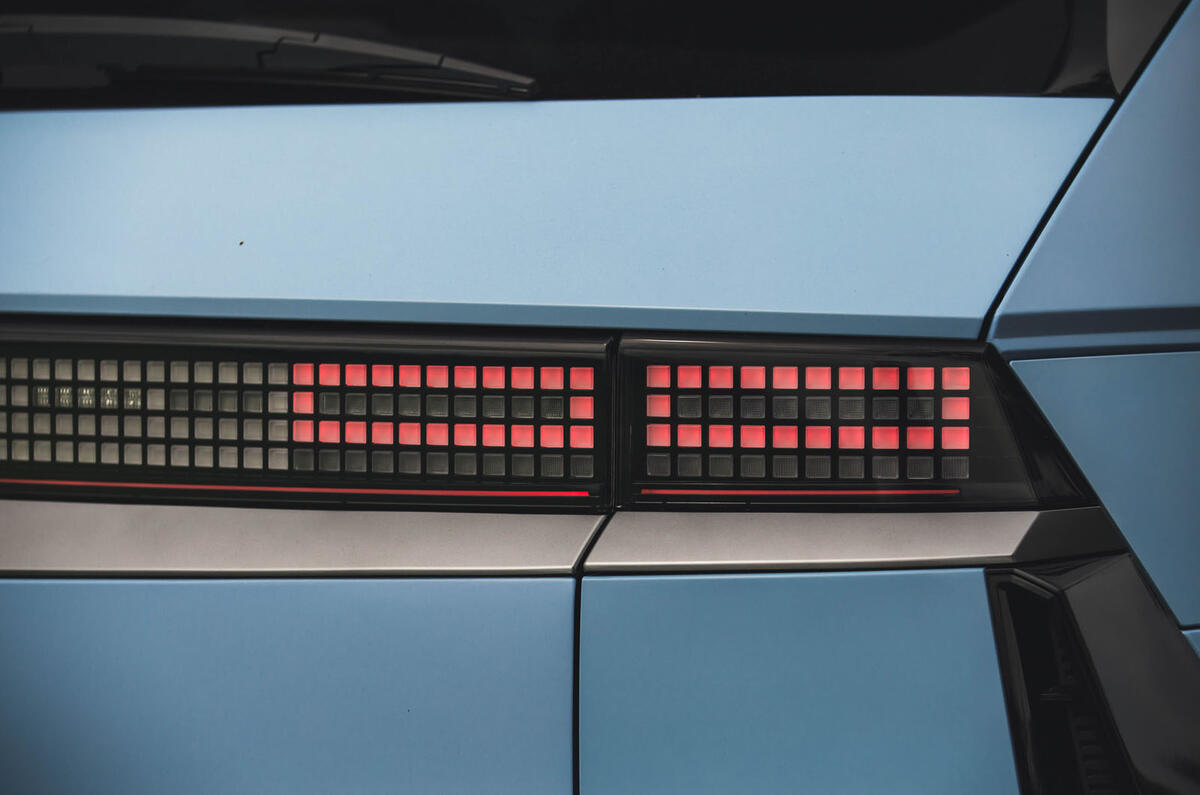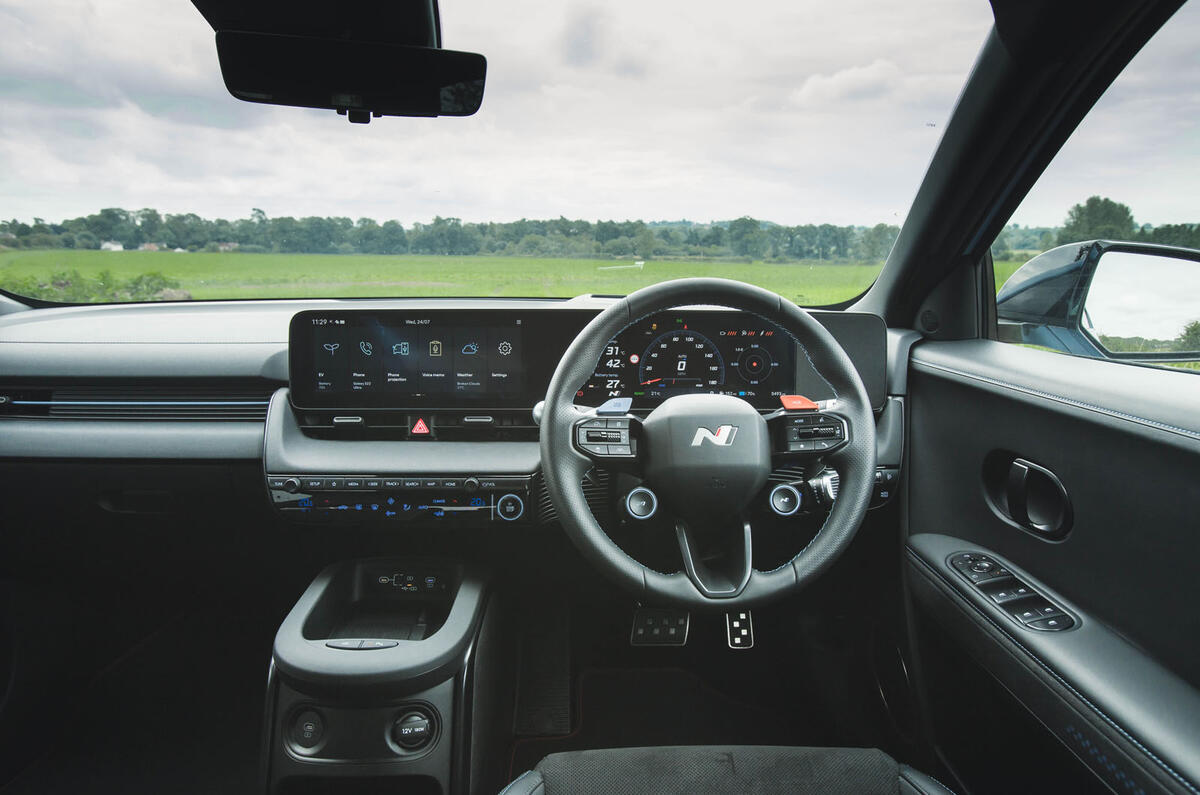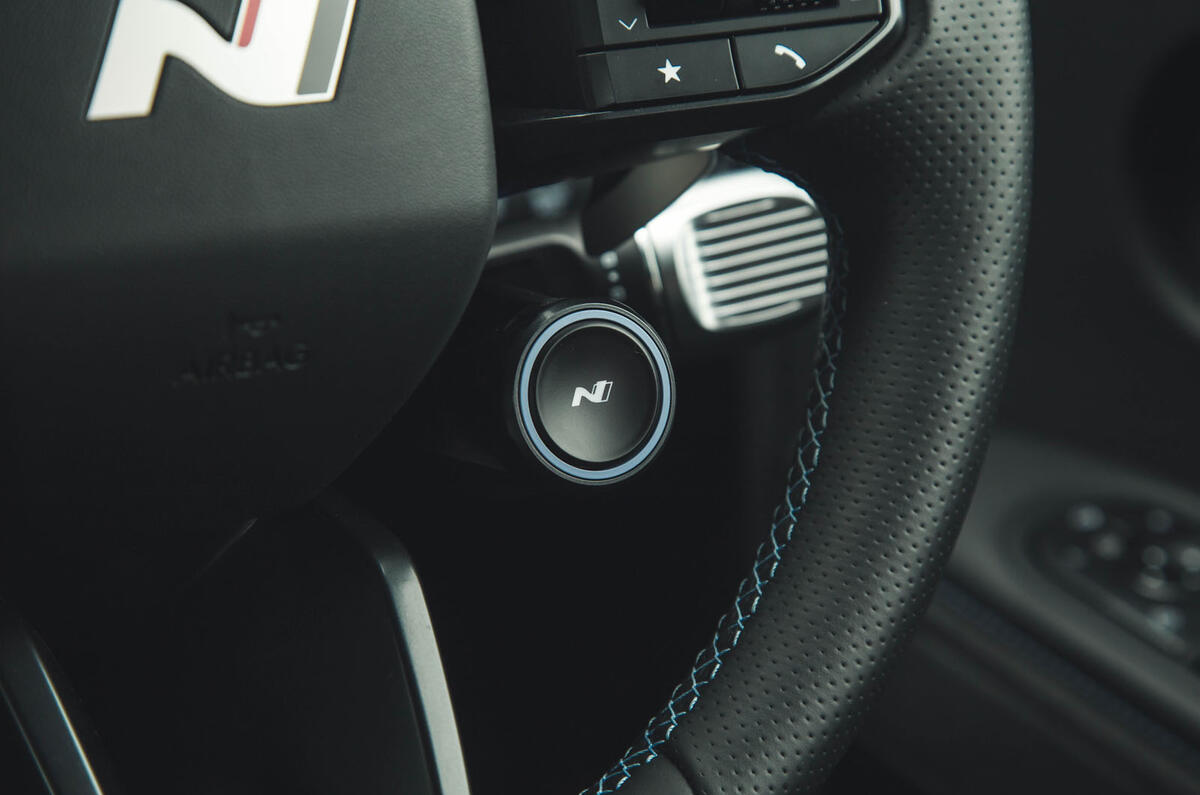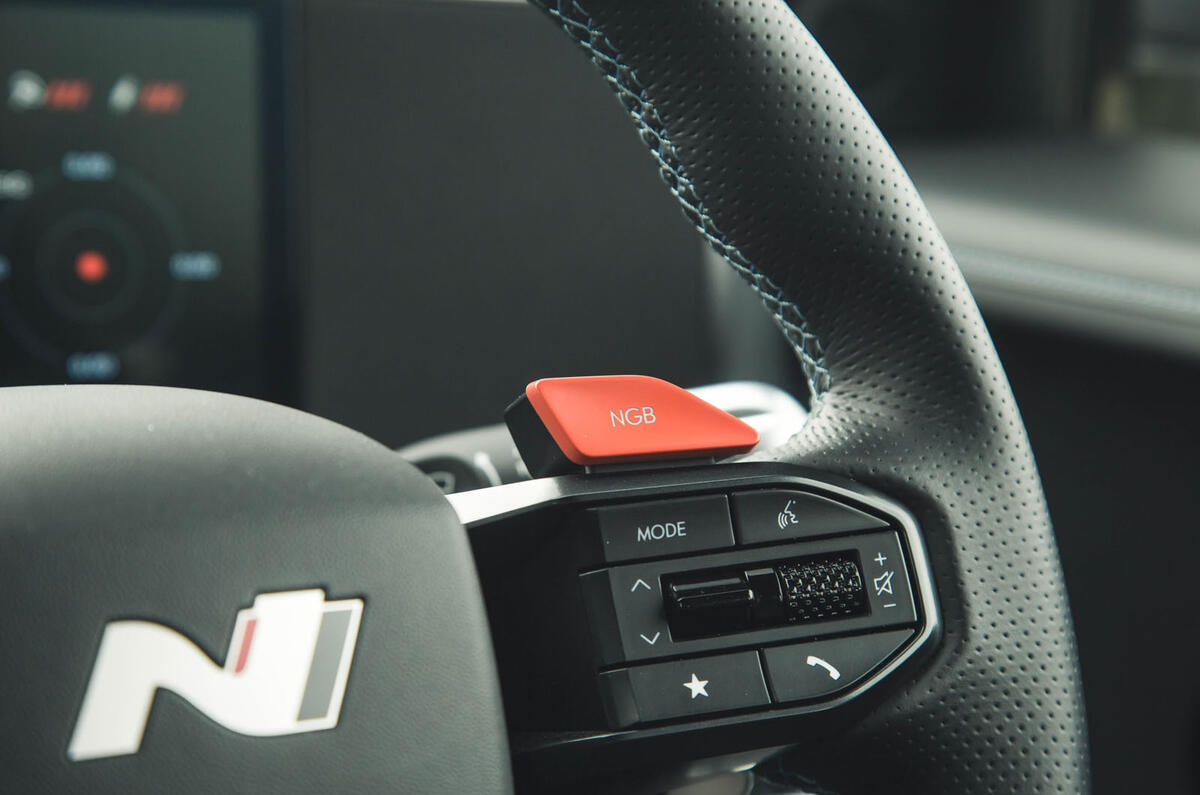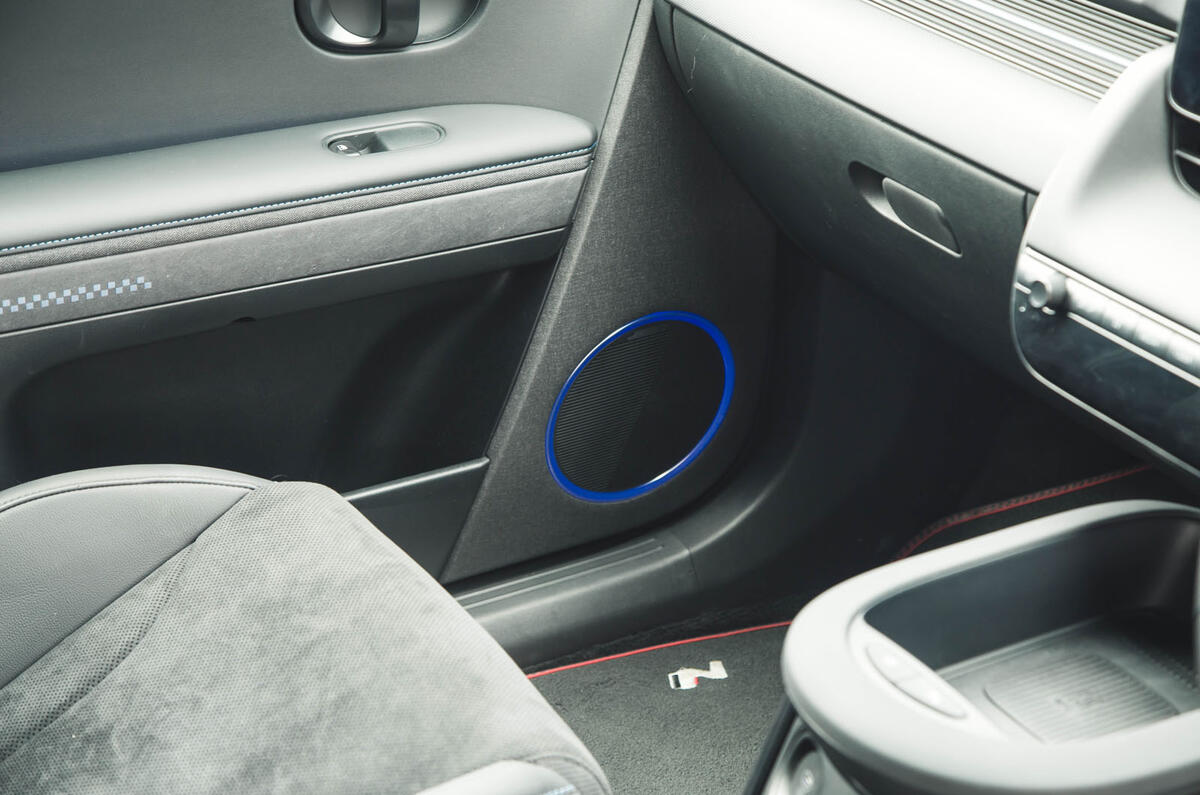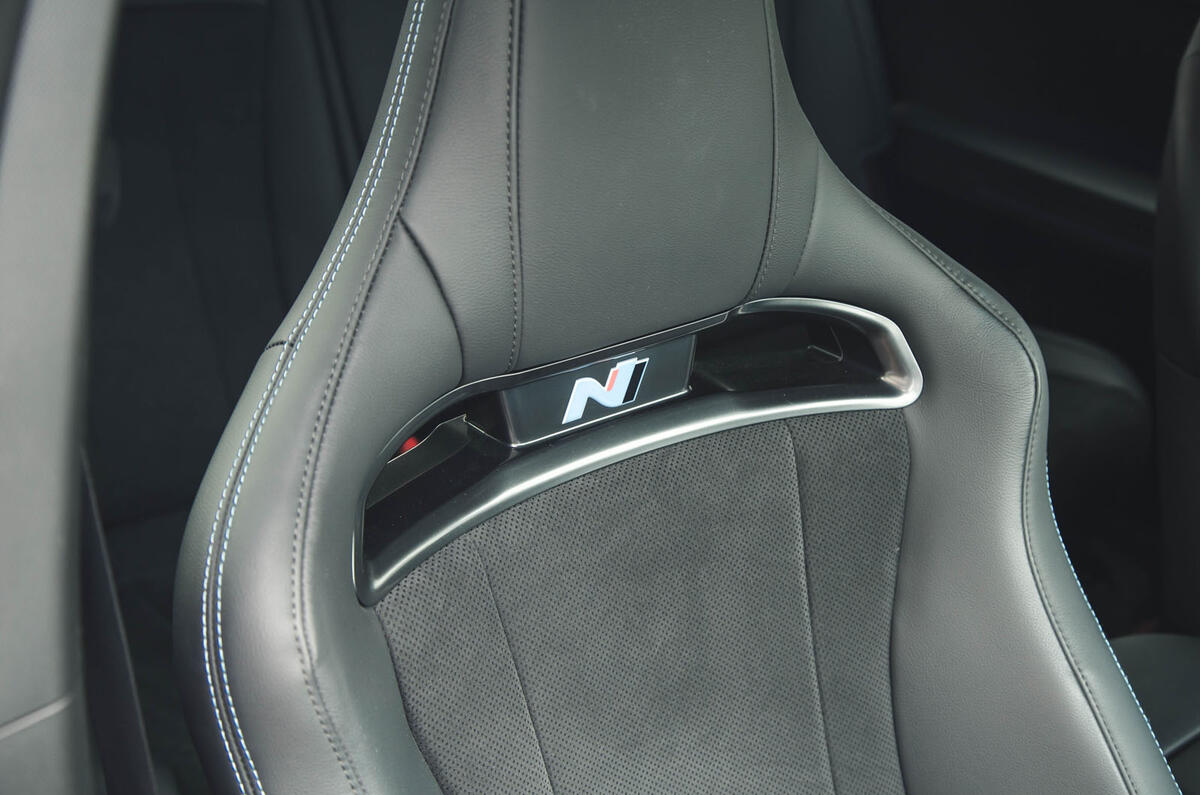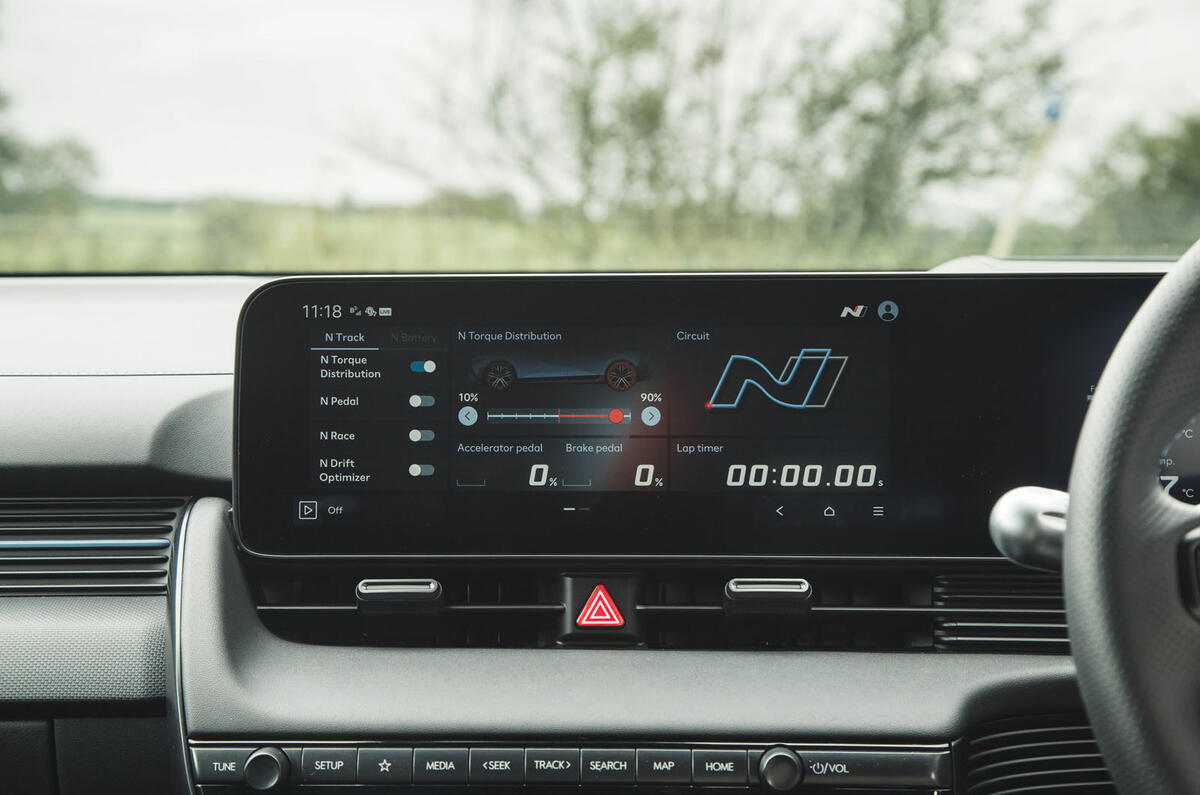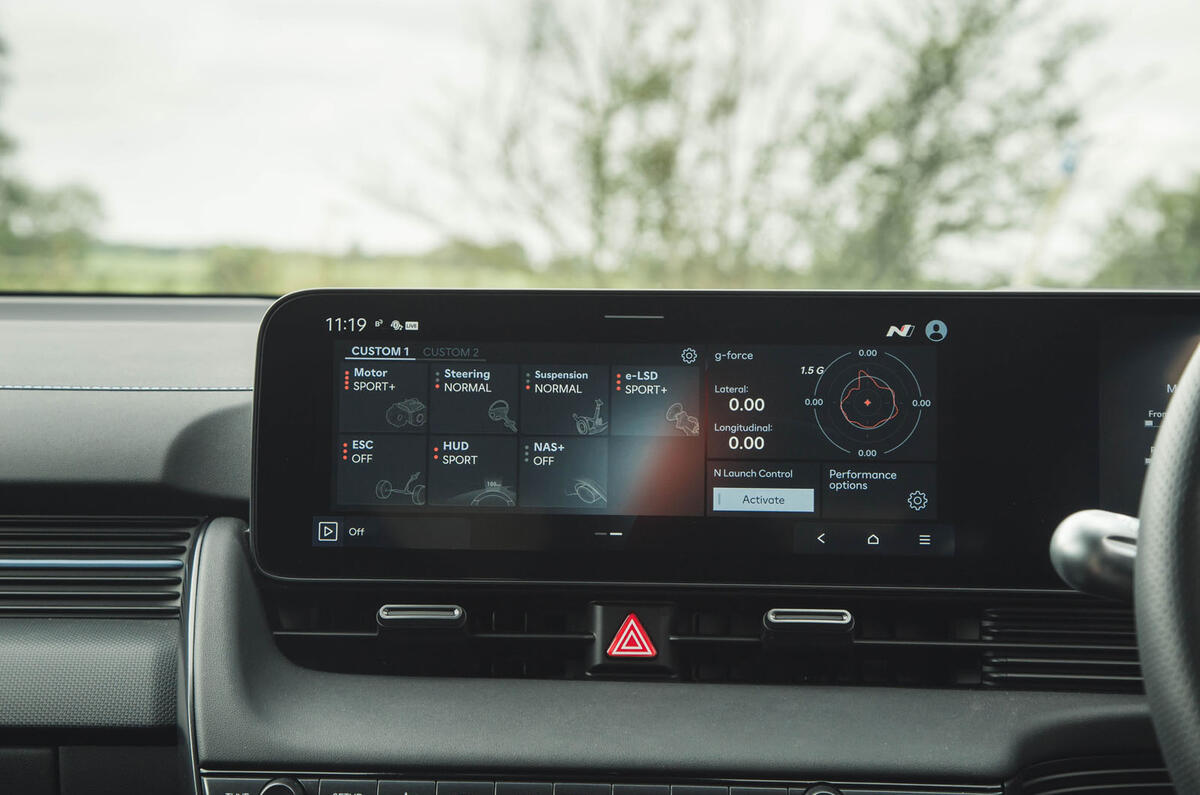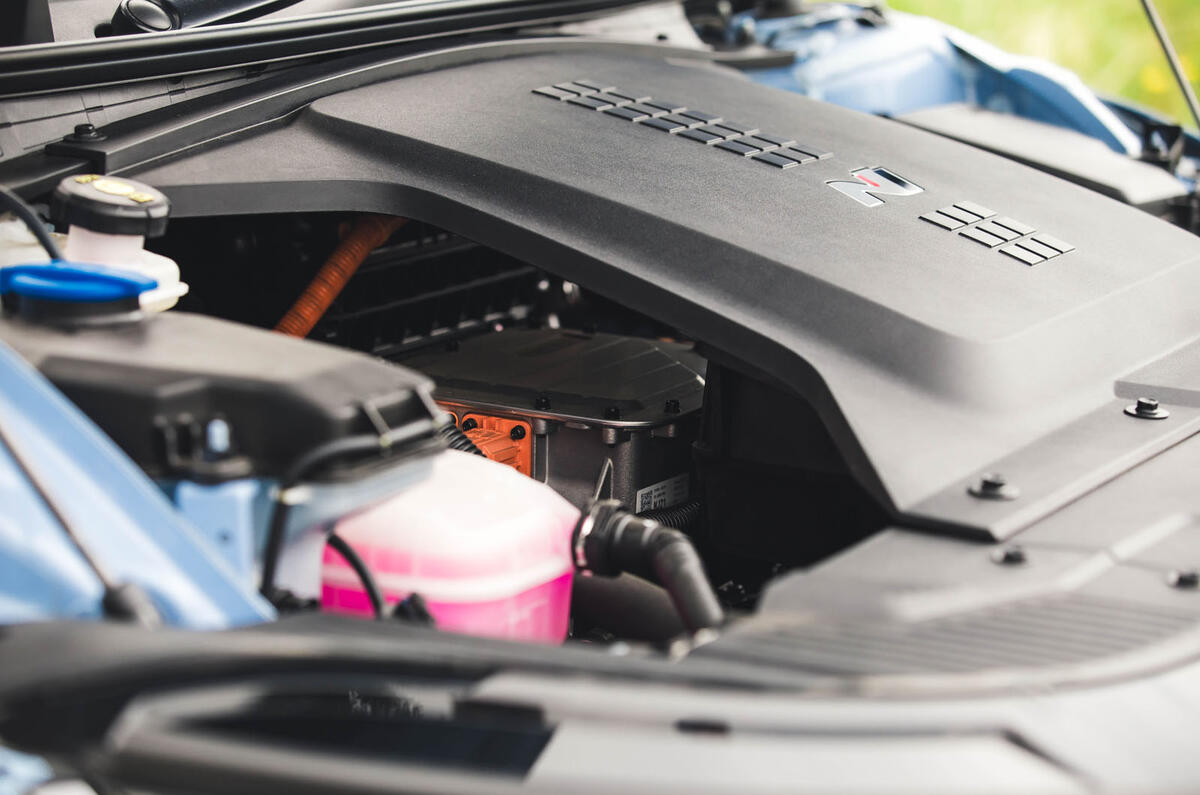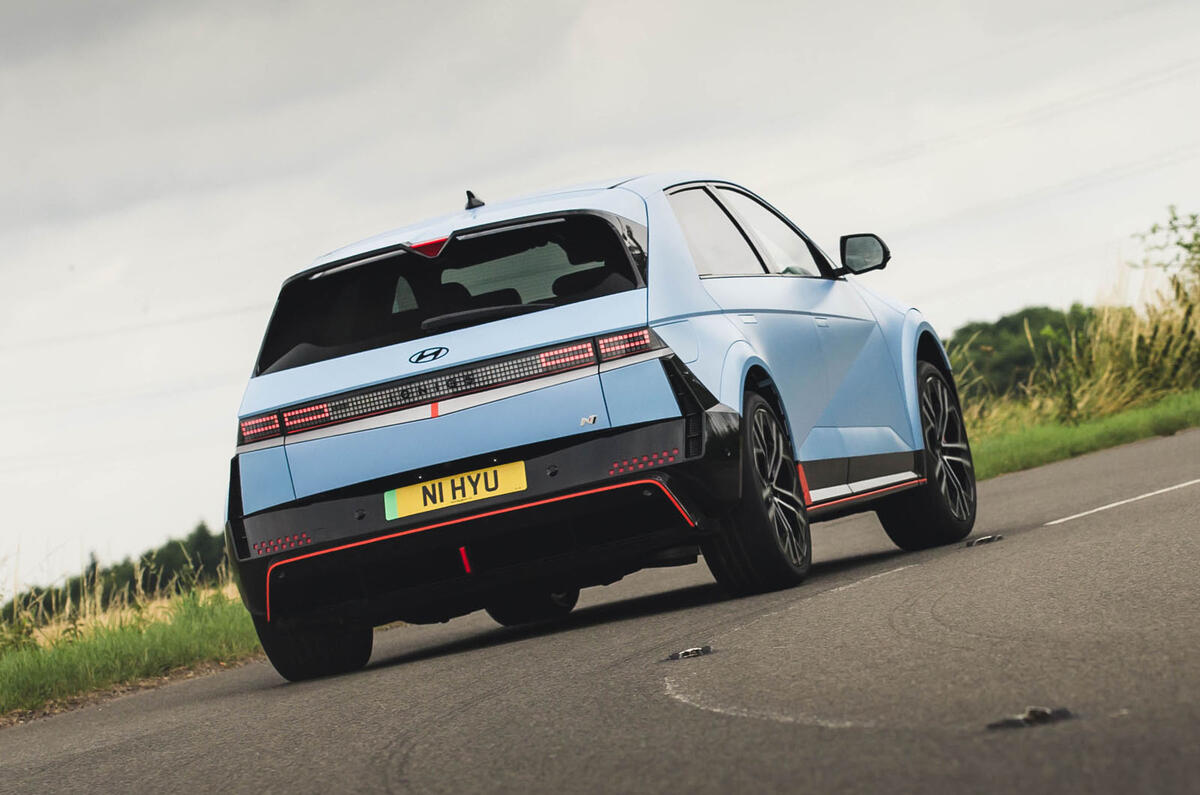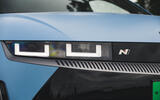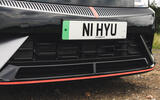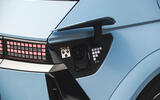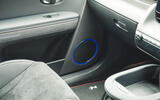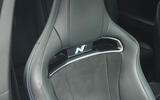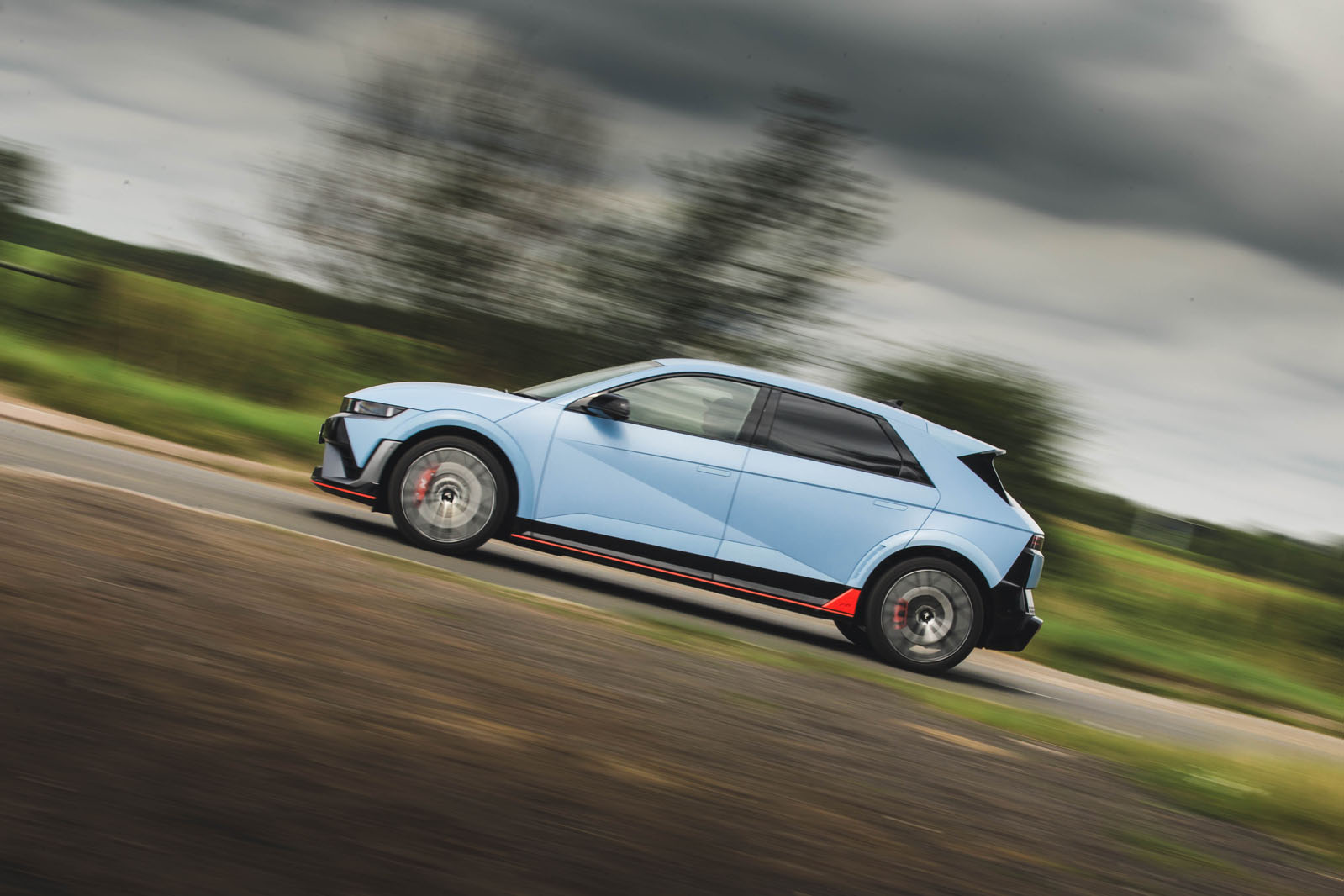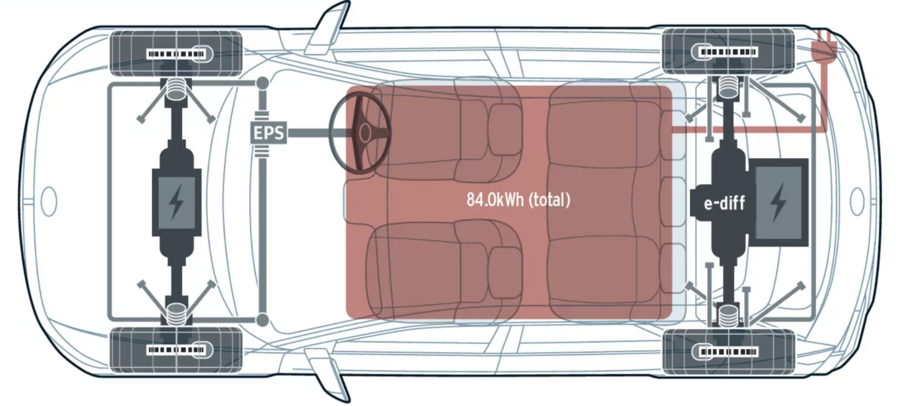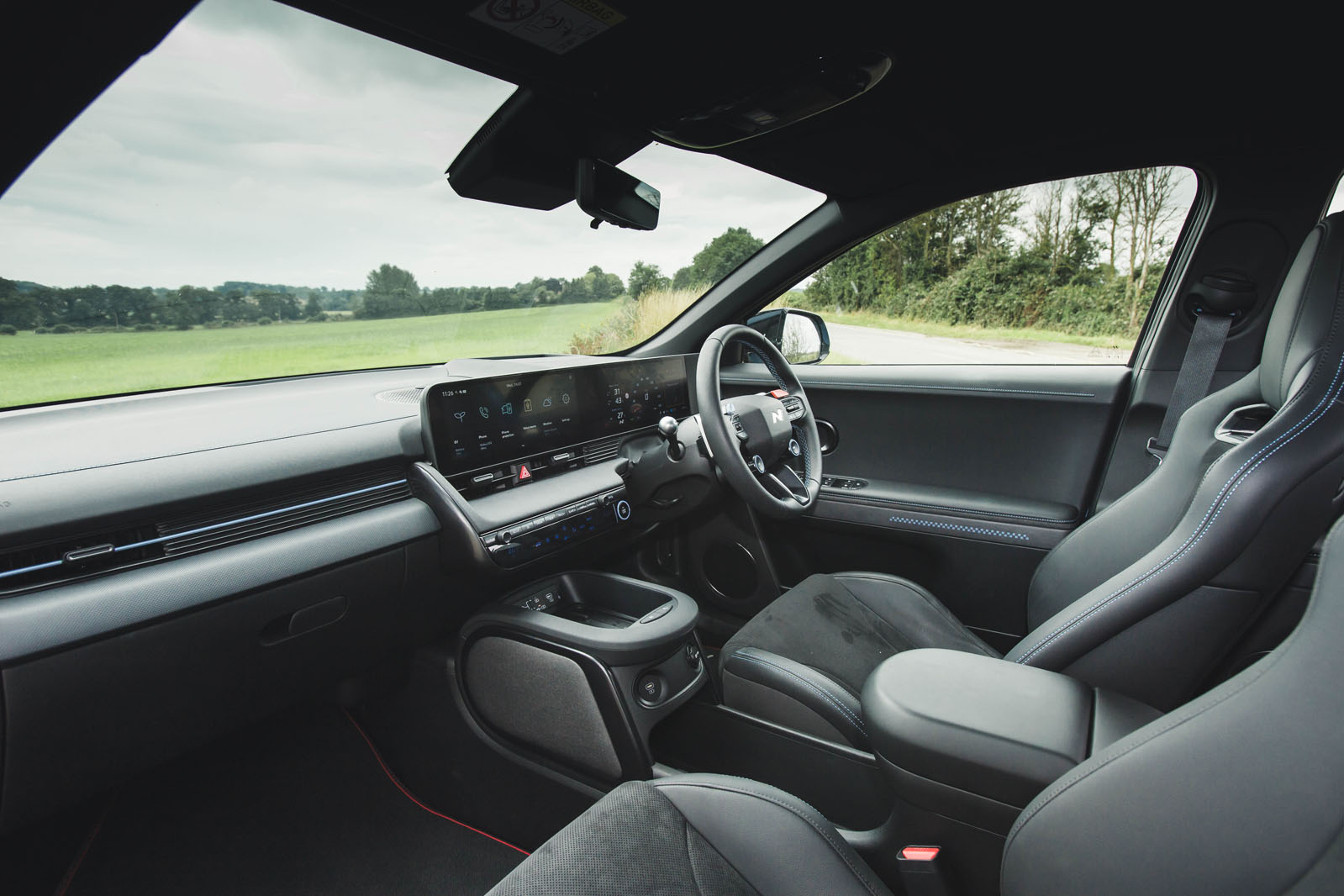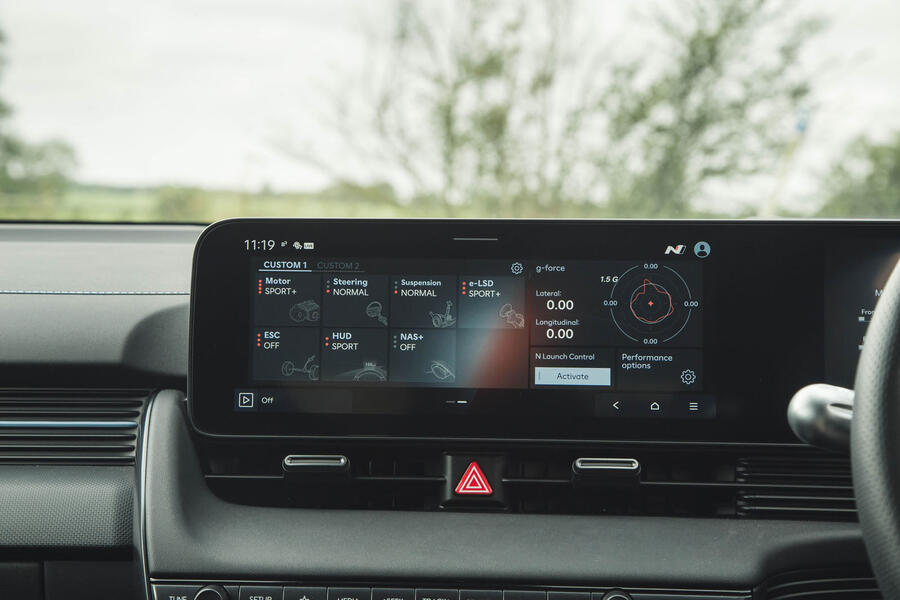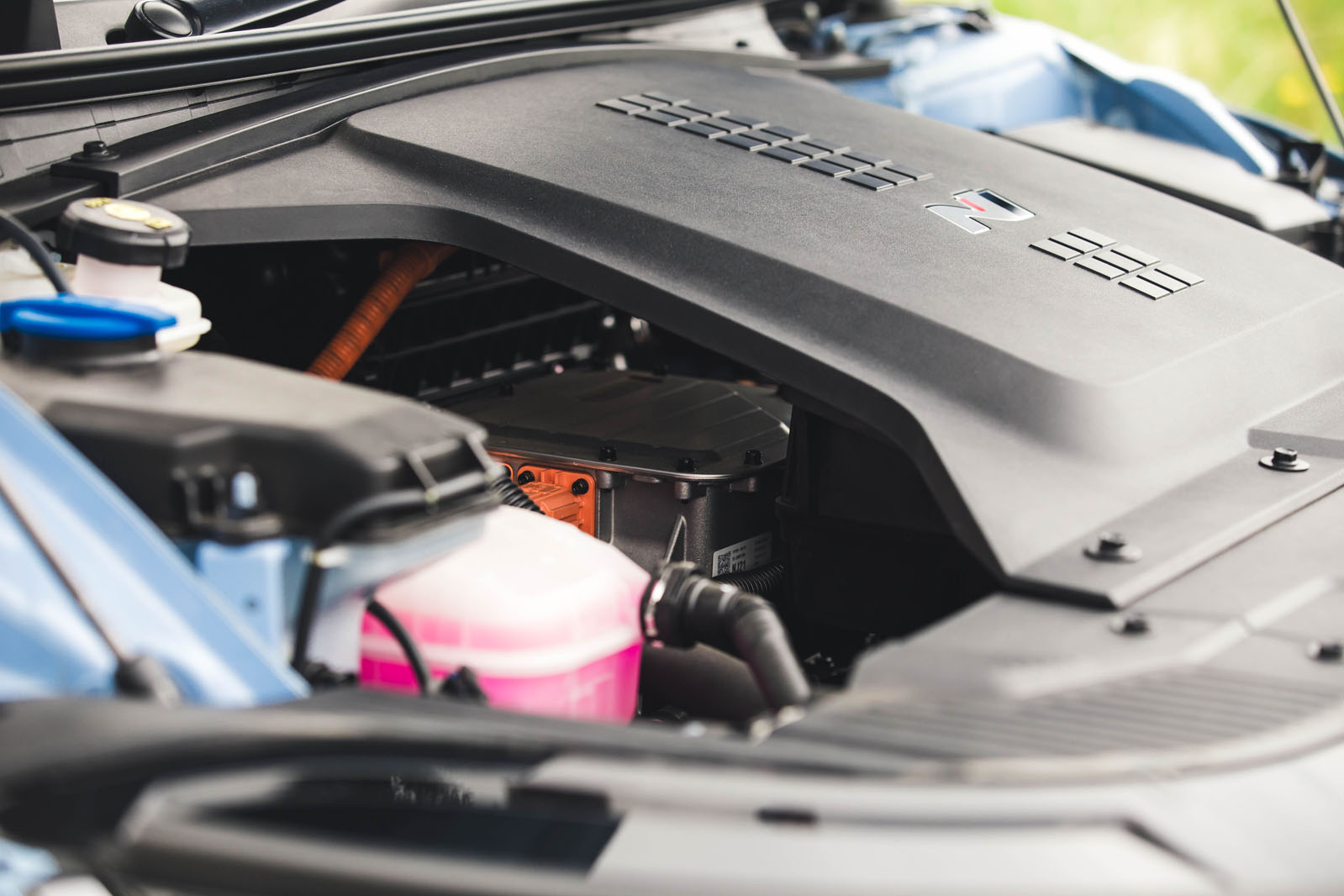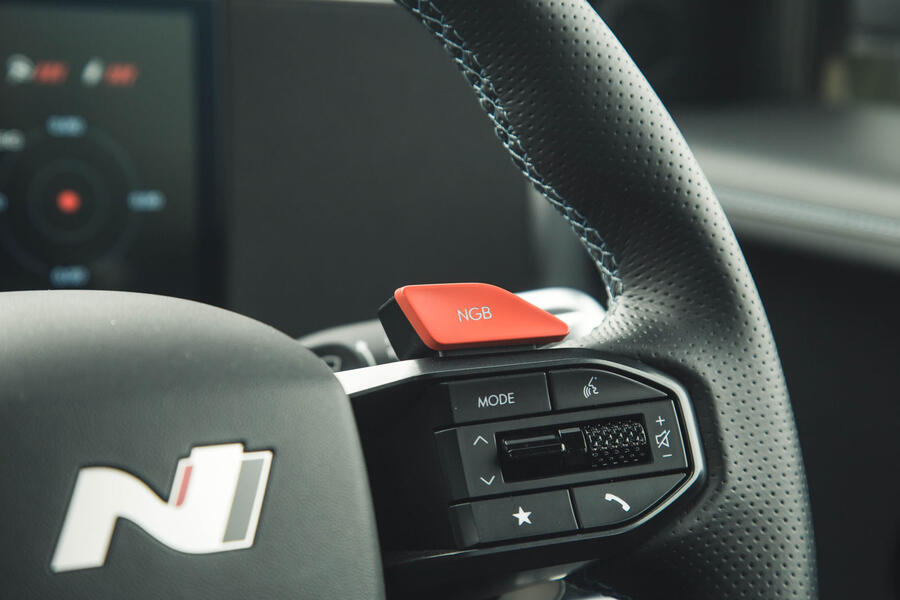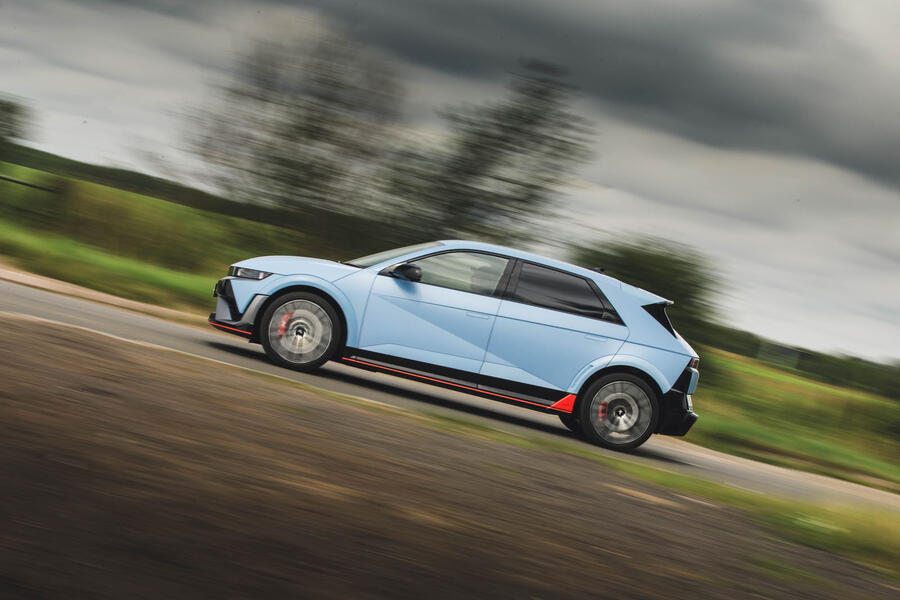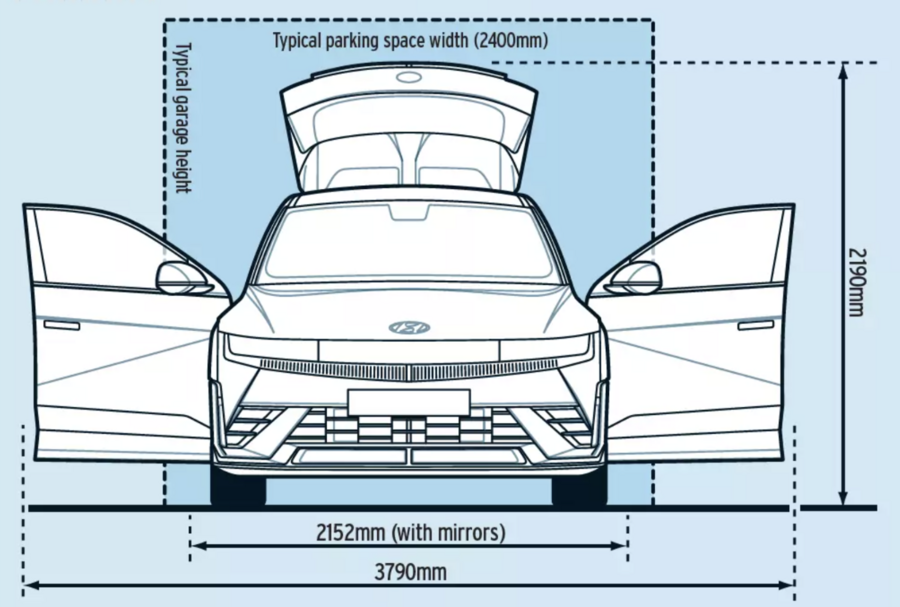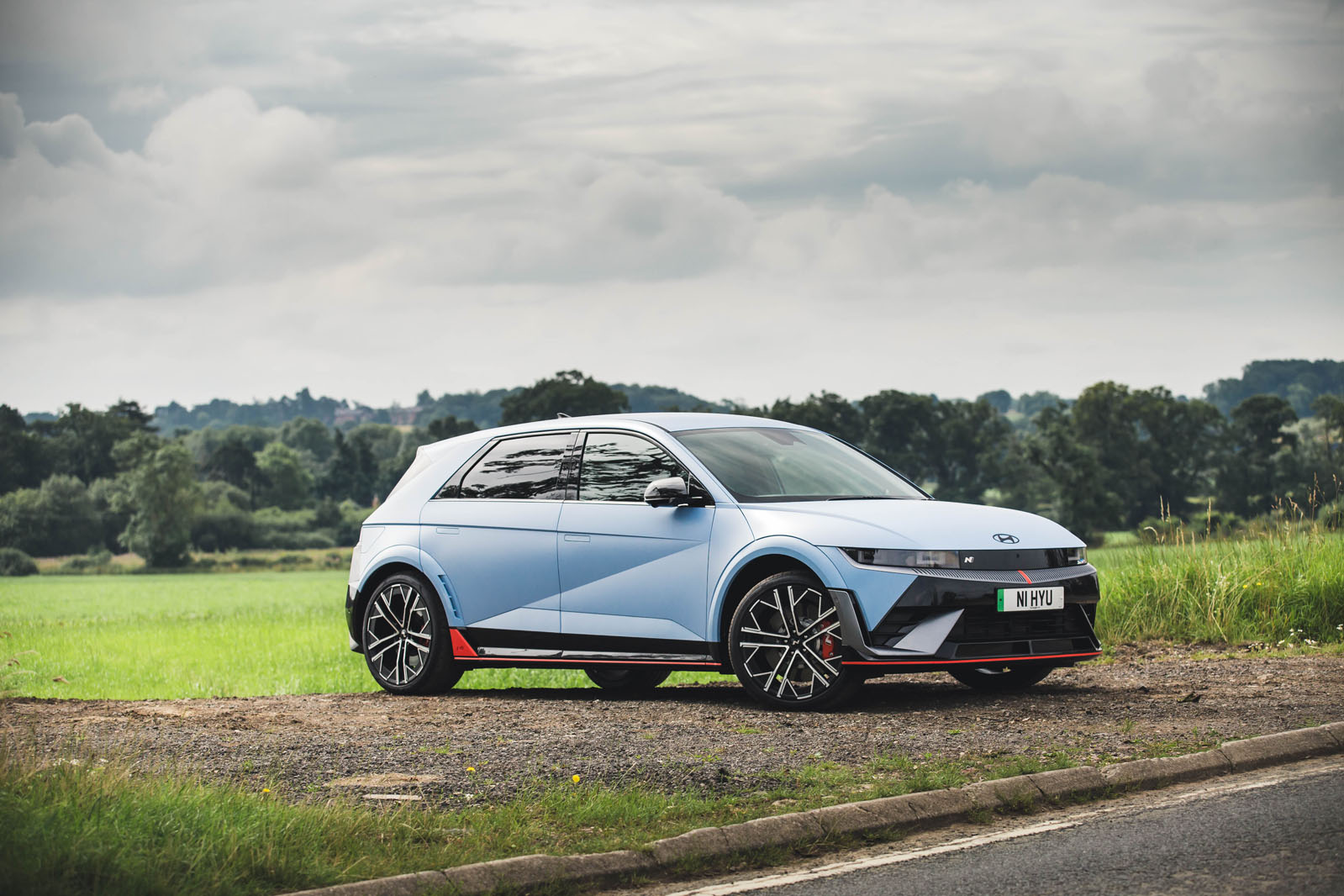Electric cars have come a long way in a short time, but even with Porsche and BMW having now entered the fray, it’s still the case that none manages to convey a sense of simple, irrepressible yet grown-up fun. The EV world lacks a protagonist that has you reaching for the keys simply to go in search of a good B-road, but fear not: the Hyundai Ioniq 5 N is here to address this gap in the market.
That, at least, is what its maker claims. And it is some claim. Fifteen years ago, if Hyundai promised it was going to redefine what ‘fun’ meant in a given class of performance car, few would have paid attention. But the brand has been on an ambitious path over the past decade, hiring top European engineering execs and giving its teams freedom to innovate and, yes, have a little fun on the R&D side.
The first fruits of Hyundai’s N sub-brand burst into view in the form of petrol-powered, front-driven turbo hot hatchbacks, ruffling establishment feathers at every turn. The i30 N and i20 N were less rounded than some but they were quick, agile, honest and demonstrated a fiery appetite for being driven hard. They put Hyundai on the radar for enthusiasts, and have earned the company the right to herald its first electric N-division ware with tongue-in-cheek descriptions such as ‘corner rascal’.
Of course, if the 2235kg Ioniq 5 N really is a reprobate in the bends, and in the best possible way, nobody will care a jot about the questionable marketing lines. It will be a game-changer. What we will now discover is whether that’s the case, and also, with the aid of the telemetry gear, just how quick this curious, 641bhp electric hot hatch-cum-super-crossover is when its twin motors are fully uncorked.



